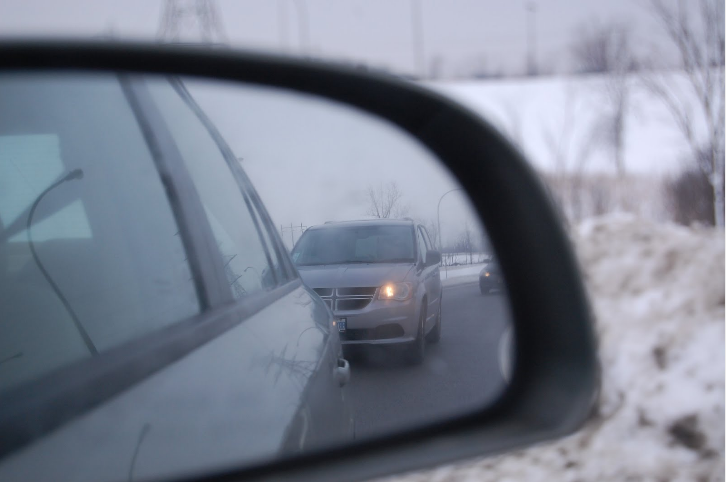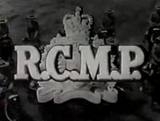
RURAL RANT — Tailgating is Not Cool
So I was driving to Ottawa recently. It was early afternoon and I took the Queensway into the city, and what to my wondering eyes should appear, but a bunch of tailgating drivers. I do not understand how the practice of driving less than one car length behind another vehicle, at speeds over 100 km/h, came to be accepted as normal, but seriously, it has to stop.
Police, whether City of Ottawa or OPP, have aggressive policies for radar speed traps, RIDE programs looking for impaired drivers, and seatbelt checks, but a lot of serious accidents, and most multi-vehicle pileups, are caused by drivers following too close. Get out on the 417, 401, 17, Bank Street and even the side roads, and every time you will see drivers behaving as if they were motoring along on a slow street in the city. But these drivers are not slow—they are going 100 to 150 km/h.
Cars have a mass of between one and two tonnes, and SUVs or trucks have more. For an average-sized car, the amount of friction between the tires and road required to stop a vehicle, called the coefficient of static friction, is 0.8. This is assuming good tires, good brakes, wheels which have not locked, and a dry road surface.
To that add a minimum one-second reaction time (based on good driving skills, good conditions, and a driver who is undistracted, not tired and perfectly sober) and you need over 90 meters to stop.
Now let’s add darkness and wet, icy or snowy roads to the equation. It might take hundreds of meters to stop. Let’s add a couple of drinks and ringing cell phone to the equation. On major highways in rural areas with higher speed limits, there can be dozens of vehicles within a few hundred meters. Failing to stop on a dime can result in pile-ups with many fatalities.
Knowing this, how does any driver, particularly a young one who has probably taken basic science and physics in high school, think that driving so close behind another vehicle that the tail lights are not visible is reasonable? How do they intend to stop without crashing if the vehicle ahead of them suddenly hits a deer? Is it any wonder that in the last few years horrible pile-ups of 30 or 40 vehicles have occurred on the 400-series highways?

And it’s not just young drivers full of hormones and in love with speed who are causing these crashes. You see many a middle-aged man or woman, who absolutely should know better, driving as if their car is the Millennium Falcon and their bodies are Superman’s. They drive too close, talk on the phone and act like all road conditions are in the sunny summer. I’m not a nervous driver—I’ve driven in big strange cities and prairie blizzards and Ontario ice storms and through mountain passes—but I have started avoiding main roads. I can drive defensively myself but I cannot control the driving of the tailgaters behind me. More than once I’ve been in a situation where I wanted to pull off the road for some reason but I couldn’t because a tailgater would have rammed me. Same goes for stopping at a yellow light. Sometimes it’s safer to run the light (which I don’t like to do because I’m not originally from here and running yellows is not part of my culture), because if I stopped I’d be hit from behind.
The other thing I don’t understand is how tailgaters behind trucks can see. Can they not tell that having your field of view through the windshield be filled with the back of a big truck means they can’t see what’s coming up ahead? I don’t get how drivers who have actual real driver’s licenses can be so stupid. The only thing I can think of is that they somehow think tailgating is cool. Trust me, tailgating is not cool—and it could be tragic.










